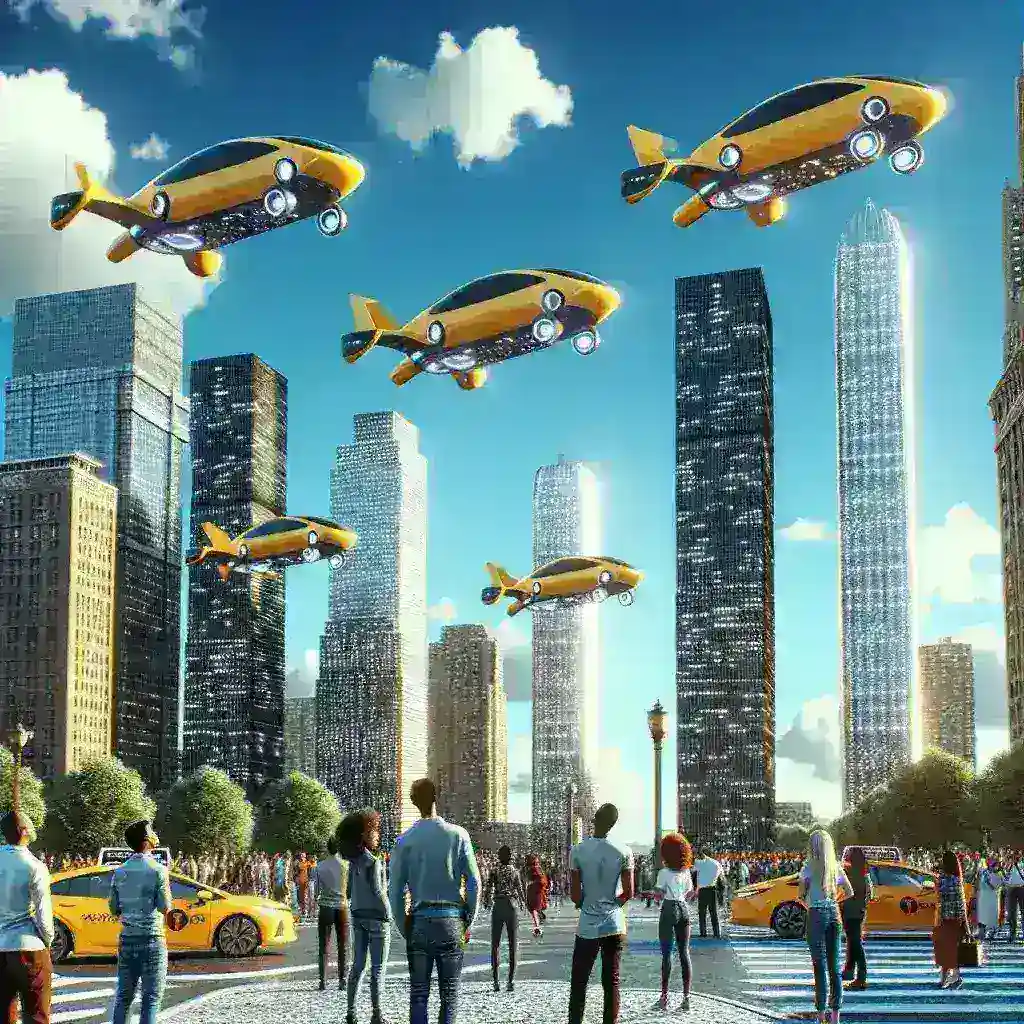Introduction
The dawn of a new era in transportation has arrived as flying taxi services officially commence commercial operations in five major US cities. This innovative mode of transport promises to transform urban mobility, offering a faster and more efficient way to navigate congested city streets. In this article, we will explore the implications of this technological advancement, the cities involved, and what the future holds for flying taxis.
The Five Major Cities
Flying taxi services have launched in:
- New York City
- Los Angeles
- Dallas
- Miami
- San Francisco
Each of these cities presents unique challenges and opportunities for flying taxi operations, from regulatory hurdles to the diverse geographical landscapes.
The Technology Behind Flying Taxis
Flying taxis are a blend of helicopter and drone technology, designed to transport passengers quickly over urban landscapes. These aircraft, often referred to as eVTOL (electric Vertical Take-Off and Landing) vehicles, are powered by electric motors, making them quieter and more environmentally friendly than traditional helicopters.
How Do They Work?
Passengers will typically book flights through a mobile app, similar to existing ride-sharing services. The aircraft will arrive at designated vertiports, where they take off and land vertically, making them ideal for urban environments. This system reduces the need for extensive infrastructure and minimizes the impact of noise pollution.
The Benefits of Flying Taxis
1. Reduced Traffic Congestion
One of the most significant advantages of flying taxis is their potential to alleviate traffic congestion. By taking to the skies, these vehicles can bypass the crowded streets below, offering a faster alternative for commuters.
2. Environmental Impact
With a focus on sustainability, many flying taxis are designed to be electric, substantially reducing carbon emissions associated with traditional combustion engines. This aligns with global initiatives to promote cleaner air in urban areas.
3. Time Efficiency
Flying taxis can significantly cut down travel times, particularly in dense urban areas where traffic jams are common. For instance, a trip that typically takes 45 minutes by car might be reduced to just 15 minutes by air.
Challenges Ahead
1. Regulatory Hurdles
The integration of flying taxis into existing air traffic control systems poses significant regulatory challenges. Authorities must develop new frameworks to ensure safety and efficiency in crowded urban airspaces.
2. Public Acceptance
While the technology is promising, public perception will play a crucial role in the adoption of flying taxis. Concerns about safety, noise, and privacy must be addressed to gain the trust of potential passengers.
Future Predictions
As flying taxi services gain traction, experts predict that we will see further expansion into other cities and even international markets. Companies are already working on scaling production and enhancing the technology to accommodate more passengers and longer distances.
Innovations on the Horizon
Future developments may include fully autonomous flying taxis, which would eliminate the need for a pilot and reduce operational costs. Such advancements could make flying taxis accessible to a broader audience, transforming urban transportation across the globe.
Conclusion
The launch of flying taxi services in five major US cities marks a significant milestone in the evolution of urban transportation. While challenges remain, the potential benefits in terms of efficiency, environmental impact, and reduced congestion are undeniable. As we look to the future, flying taxis could redefine how we navigate our cities, paving the way for a new era in mobility.

